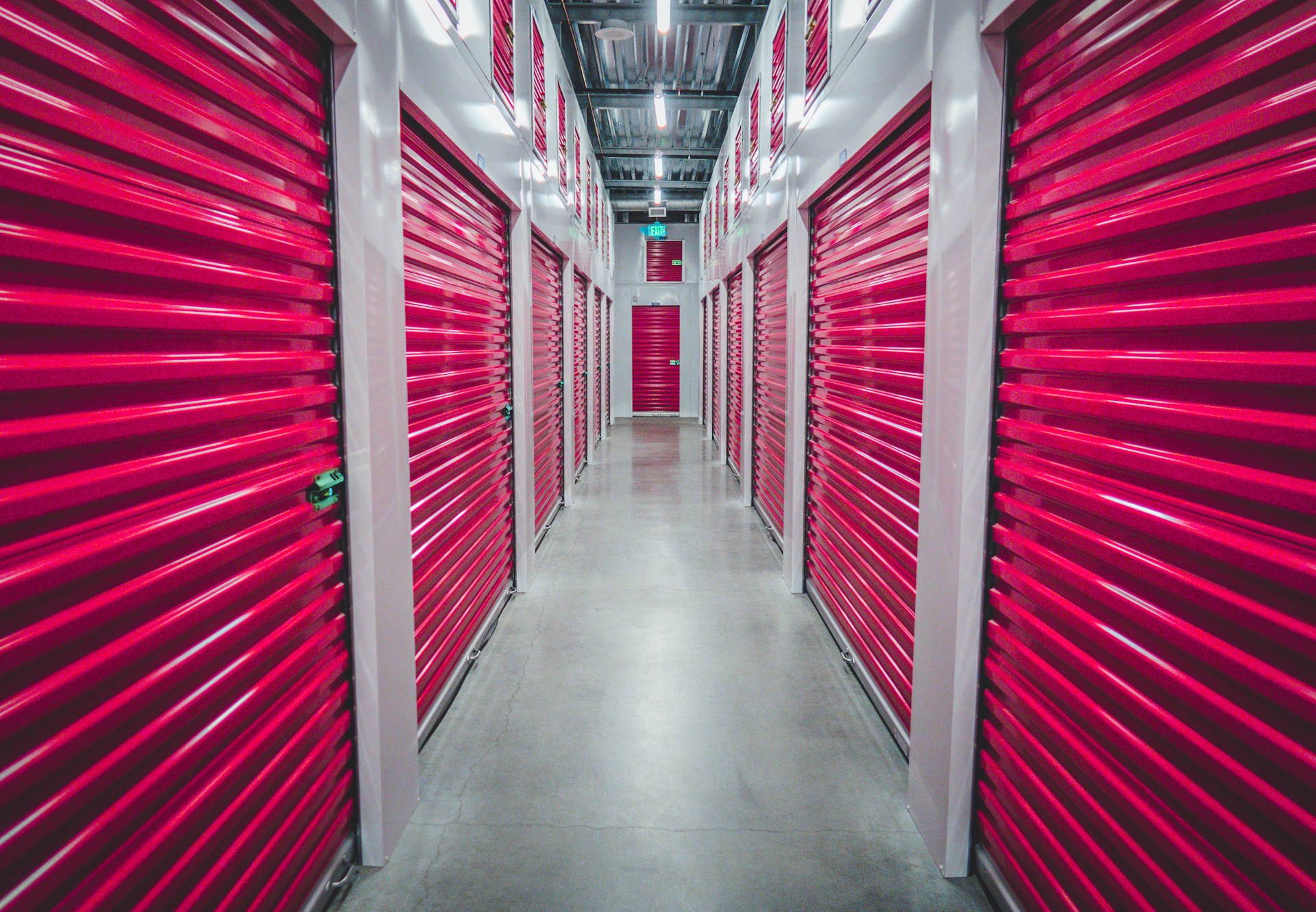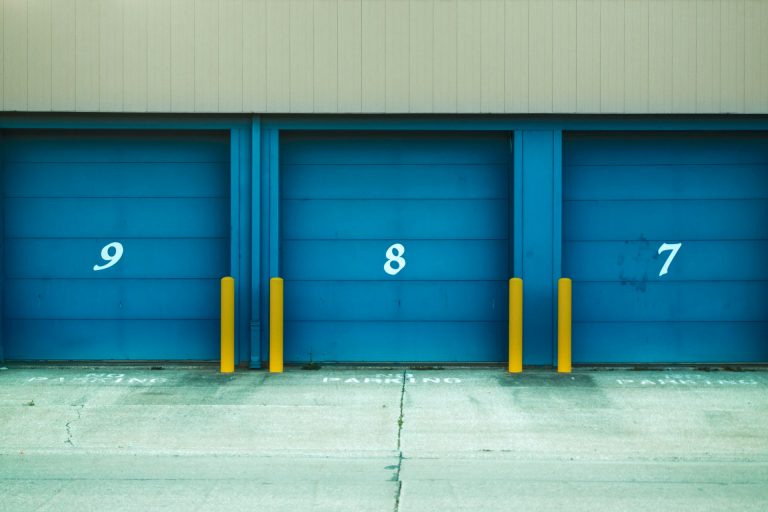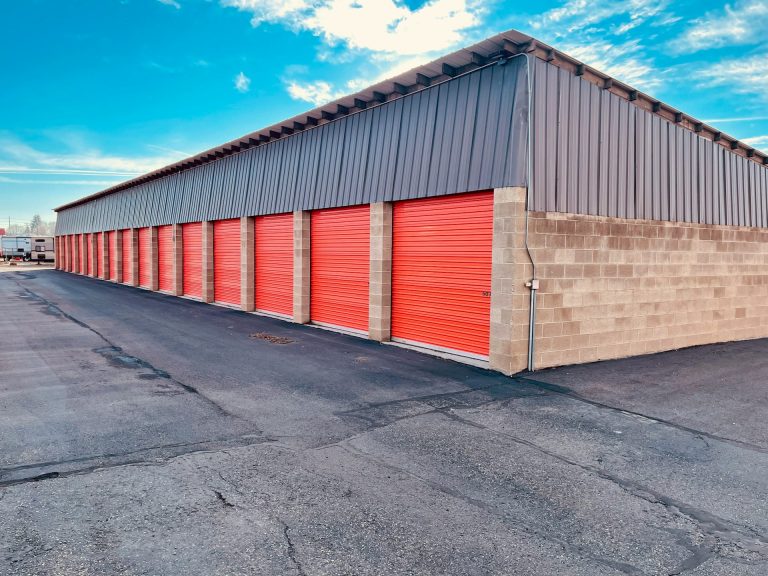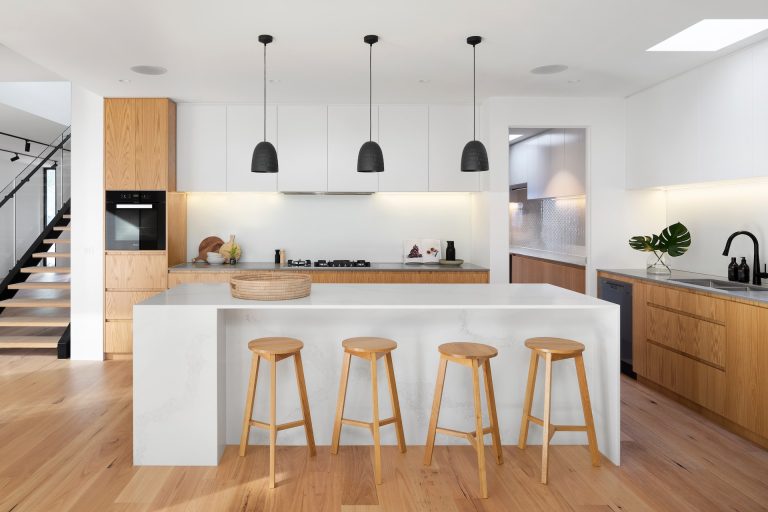How Much Does It Cost to Build a Storage Facility: A Comprehensive Guide
Wondering how much it costs to build a storage facility? Whether you’re planning a small project or aiming for something bigger, it’s important to understand the finances, business plan, pricing, and all the details. We’ll cover all the important details and provide clarity. From buying land to getting construction materials and covering development costs, we’ll break down all the expenses for you. No more guessing – it’s time to understand the average price per square foot to make your storage facility dream a reality.
Understanding Storage Facility Costs
Construction Costs
Average construction costs for storage facilities can vary widely depending on factors such as facility size, materials used, price, square foot, and location. For instance, building a climate-controlled storage unit may cost more than constructing a standard one due to the added features. It’s crucial to consider development costs, profit, and site when budgeting for construction to avoid unexpected expenses later on.
Labor costs, material prices, and permits significantly influence construction expenses. The importance of budgeting for construction cannot be overstated. Without a clear budget in place, there’s a risk of overspending or running out of funds before completion.
Land Acquisition
The impact of location on land acquisition costs is substantial. Purchasing land in urban areas where demand is high may be more expensive compared to rural locations. When considering land for a storage facility, factors such as accessibility, zoning laws, proximity to potential customers, and profit should be taken into account.
Negotiating land acquisition deals can also play a critical role in managing average costs effectively. Savvy negotiation tactics can lead to favorable purchase prices or flexible payment terms that align with the project’s financial capabilities.
Types of Facilities
Understanding the different types of storage facilities and their cost implications is essential when planning for construction. Custom-built facilities tailored to specific requirements might come with higher price tags compared to standard designs that are more economical but offer less flexibility.
Specialty storage facility considerations include unique features like vehicle storage or wine cellars, which could significantly impact overall project costs.
Factors Affecting Building Costs
Location Impact
The location and average of a storage facility significantly influences its overall construction costs. For instance, building in an urban area may cost more due to higher land prices and stricter building regulations. On the other hand, constructing in a rural area might be more affordable with lower land expenses and fewer regulatory hurdles. Identifying these variations, including storage, can help developers plan and budget effectively for their projects.
Moreover, assessing the potential customer base by location is crucial. In densely populated areas, there might be a greater demand for storage facilities, justifying higher construction costs. Conversely, in less populated regions, developers must carefully consider whether the investment aligns with the local demand for storage.
Size and Scale
The size and scale of a storage facility also play a pivotal role in determining construction costs. Large-scale facilities generally entail higher expenses compared to smaller ones due to increased material requirements, labor hours, and storage. However, scaling considerations can lead to cost efficiency; finding the optimal balance between size, storage, and cost-effectiveness is essential for maximizing returns on investment.
Developers should carefully evaluate their target market’s needs when deciding on the facility’s size for storage. Understanding customer demands allows them to tailor their offerings accordingly while optimizing construction costs.
Standard vs. Climate-Controlled Facilities
Conducting a thorough cost analysis is crucial. This involves evaluating various aspects such as construction materials, labor costs, permits, land acquisition, and storage. By identifying cost-saving opportunities through this analysis, including storage, you can make informed decisions that align with your budget.
For example, by comparing the prices of different construction materials and exploring alternative options like pre-fabricated structures or energy-efficient designs, you can significantly reduce overall building costs. Moreover, understanding the local zoning laws and regulations enables you to navigate permit expenses efficiently.
Utilizing the findings from the cost analysis allows you to create a realistic budget that covers all essential aspects of constructing a storage facility without overspending. By having a clear understanding of each expense involved in the process, including storage, you can avoid unexpected financial setbacks during the construction phase.
Once the storage facility is constructed, it’s important to estimate ongoing operational expenses accurately. This includes budgeting for maintenance tasks such as repairs, security system upkeep, and storage. Factoring in utilities like electricity, water bills, and storage along with staffing costs is essential for effective financial planning.
Financial Planning for Development
Start-up Estimation
When planning the development of a storage facility, it’s crucial to estimate the initial start-up costs. This involves considering expenses such as land acquisition, construction materials, labor, permits, and equipment. Pre-launch expenses like marketing efforts and legal fees should be factored in. It’s essential to account for unforeseen start-up expenses to avoid financial strain during the early stages of development.
Exploring potential funding options is another critical aspect of development budget planning. Understanding the pros and cons of different funding sources such as bank loans, private investors, or government grants can help in making informed decisions. While bank loans offer stability and structured repayment plans, private investors may provide flexibility but come with potential ownership implications.
Funding Options
Securing financing for the project is an integral part of bringing a storage facility from concept to reality. Whether through traditional lending institutions or alternative sources like venture capital firms or real estate investment trusts (REITs), evaluating each option’s suitability is vital.
Financial Templates
Utilizing financial templates can streamline budgeting processes by providing a structured framework for organizing cost projections and creating detailed financial plans. These templates assist in tracking various expenses related to site development including architectural design fees, utility connections costs, landscaping expenditures among others.
Business Plan Essentials
Legal and insurance considerations play a crucial role. Factoring in the costs of meeting legal requirements and obtaining comprehensive insurance coverage is essential for budget planning. Understanding the legal obligations, such as zoning laws and building codes, ensures compliance with regulations while minimizing potential fines or delays.
Moreover, protecting the business with comprehensive insurance coverage safeguards against unforeseen liabilities, property damage, theft, and storage. Effective management strategies are vital in controlling costs, optimizing resource allocation, and storage. By implementing efficient management practices, such as inventory control, storage, and staff scheduling, operational expenses can be minimized while maintaining service quality.
Budget-friendly marketing tactics are also integral to promoting a new storage facility without overspending. Leveraging digital marketing channels like social media platforms allows reaching potential customers at low cost compared to traditional advertising methods. Creating impactful marketing campaigns within budget constraints helps attract customers while managing promotional expenses effectively.
Revenue and Profitability Analysis
Revenue Potential
It’s essential to consider additional income streams beyond basic storage fees. For example, offering packing supplies, moving services, insurance, or storage can significantly boost revenue. By diversifying income sources, such as providing climate-controlled units or vehicle storage options, you can enhance the overall revenue potential of the facility.
Diversifying income sources also involves understanding customer needs and market trends. For instance, if there’s a growing demand for secure document storage in your area, offering this specialized service could attract more customers and increase revenue.
Pricing Strategies
Developing competitive pricing strategies while maintaining profitability is crucial for long-term success. This may involve adjusting pricing and storage based on market demand and competition. For example, during peak seasons when demand is high, slightly increasing prices can maximize earnings without alienating customers.
Implementing dynamic pricing models, including storage, can optimize earnings by fluctuating prices based on factors like occupancy rates or seasonal demands. This flexibility allows you to capitalize on periods of high demand while remaining competitive during slower times.
Maximizing Earnings
Identifying opportunities to maximize earnings within the business model is key to sustained profitability. Implementing upselling techniques—such as offering premium security features or convenient access hours—can increase revenue per customer without significant overhead costs.
Expanding service offerings also presents an opportunity to capture additional income. For instance, introducing value-added services like package acceptance and storage for businesses or partnering with local moving companies can create new revenue streams while enhancing customer satisfaction.
Ancillary Costs and Considerations
Labor Costs
Running a storage facility involves calculating labor costs. This includes wages for staff, maintenance workers, and security personnel. Efficient staffing strategies help in managing labor expenses, ensuring the smooth operation of the facility while keeping costs in check. Balancing labor quality with cost considerations is essential to provide excellent service without overspending.
For example, employing a sufficient number of staff members during peak hours prevents customer dissatisfaction without unnecessarily increasing payroll expenses.
Ancillary Expenses
Apart from construction and operational costs, it’s crucial to account for additional expenses that may arise during the project lifecycle. Budgeting for unexpected ancillary costs ensures that there are enough financial resources to address any unforeseen challenges along the way. Proactive planning helps in mitigating ancillary expenses by identifying potential risks early on and taking measures to minimize their impact.
For instance, setting aside funds for equipment repairs or regulatory compliance changes can prevent financial strain when these issues arise unexpectedly.
Vehicle Storage Fees
When determining vehicle storage fees, it’s important to consider current market rates and demand for such services. Incorporating vehicle-specific infrastructure into cost calculations ensures that all necessary facilities are available while maintaining profitability. Capitalizing on the growing demand for vehicle storage services presents an opportunity to increase revenue streams through strategic pricing models tailored to meet customer needs.
Effective Management of Storage Units
Operational Efficiency
Operational efficiency plays a crucial role in determining overall costs. By enhancing operational efficiency, businesses can minimize wastage and reduce costs significantly. This involves implementing streamlined processes to optimize resource utilization. For example, using advanced inventory management systems can help in reducing excess inventory and minimizing storage space requirements.
Investing in technology solutions is another key aspect that can improve operational efficiency for storage development. Automation of certain processes such as billing, invoicing, and security monitoring not only saves time but also reduces the need for additional manpower, thereby cutting down on labor costs.
Customer Service
In the storage sector, exceptional customer service is essential for maintaining a competitive edge while managing costs effectively. Allocating resources towards providing top-notch customer service without overspending is vital. Simple gestures like sending personalized communication or offering discounts for long-term customers can go a long way in building customer loyalty without extravagant spending.
Moreover, leveraging positive customer experiences as a marketing tool helps attract new clients at minimal additional cost. Satisfied customers are more likely to refer others to the storage facility, acting as brand ambassadors and contributing to organic growth without heavy marketing expenses.
Consultancy Services
Considering professional consultancy services in cost management is beneficial for storage construction projects. Engaging industry experts provides valuable insights into cost-saving measures specific to the storage industry context. Leveraging consultancy services helps optimize project finances by identifying areas where costs can be minimized without compromising quality or safety standards.
Final Remarks
You’ve now gained a comprehensive understanding of the costs involved in building a storage facility. By considering factors such as location, construction materials, and the type of facility, you can make informed decisions to ensure a successful and profitable venture. Remember, thorough financial planning and effective management are crucial for long-term success in this industry.
Now that you have a solid grasp on the key aspects of storage facility development, it’s time to put your knowledge into action. Start by conducting detailed market research and creating a robust business plan that incorporates all the essential elements we’ve discussed. With careful consideration and strategic planning, you’ll be well-equipped to navigate the complexities of building and managing a storage facility. Good luck on your exciting entrepreneurial journey!
Frequently Asked Questions
How much does it cost to build a standard storage facility?
Building a standard storage facility typically costs between $25 and $40 per square foot. This estimate covers construction, materials, labor, and basic amenities.
What are the main factors that affect building costs for storage facilities?
Key factors influencing building costs include location, size of the facility, site preparation requirements, materials used, labor expenses, and any additional features such as climate control systems.
Is there a significant cost difference between standard and climate-controlled storage facilities?
Yes. Climate-controlled facilities generally have higher construction and operational costs due to specialized HVAC systems needed to maintain consistent temperature and humidity levels within the units.
How can effective financial planning aid in successful development of a storage facility?
Thorough financial planning helps in securing funding for land acquisition, construction costs, operational expenses, marketing efforts, staffing needs, maintenance reserves,and other critical aspects of establishing a profitable storage business.
What are some ancillary costs and considerations that should be factored into budgeting for a new storage facility?
Ancillary costs may include insurance premiums,capital reserve funds for future repairs or upgrades,municipal permitting fees,and initial marketing expenditures to attract tenants during the early stages of operation.





